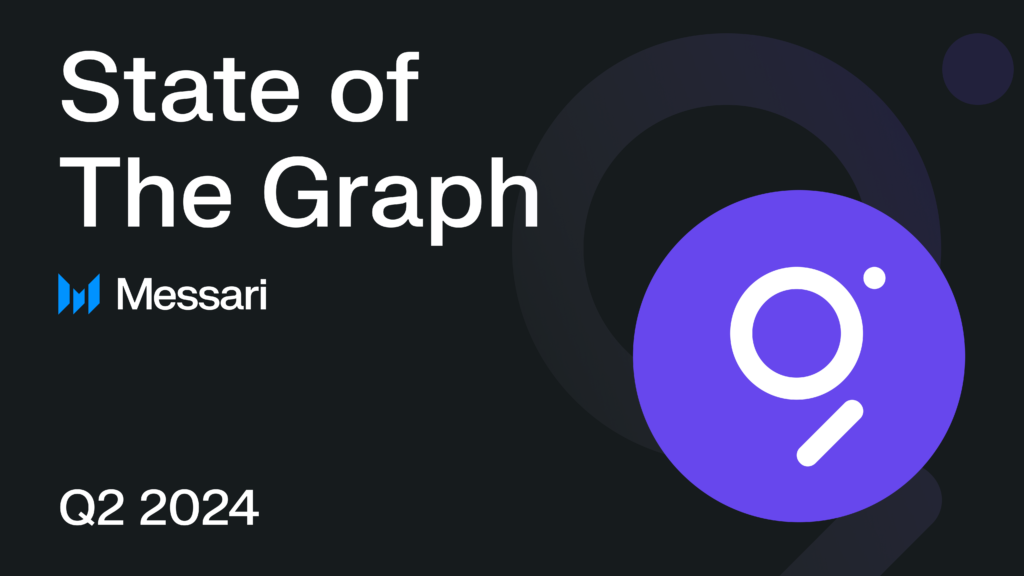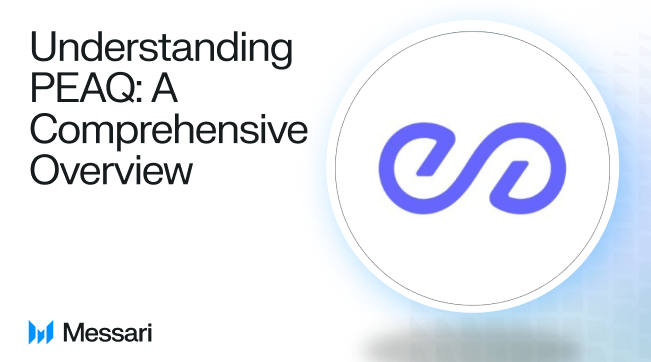Podcast Summary
The podcast delves into the transition of Commune from a local stake model to a global stake model, aiming for increased decentralization and resilience. The discussion also covers the proposed root net model, the need for transparency, and the future direction of Commune. The speaker also addresses the limitations of human consensus and the need for a more robust and efficient system.
Key Takeaways
Transition to Global Stake Model
- Decentralization Efforts: Commune is transitioning from a local stake model to a global stake model to achieve greater decentralization and resilience. This transition requires a new subnet pricing model to determine emission allocation.
- Validator Incentives: In the global stake model, validators will need to register on every subnet to maximize their emission, incentivizing them to support all subnets.
Introduction of Root Net Model
- Root Net Structure: The new subnet pricing model will be similar to the root net on BitTensor, where validators on subnet zero decide the emission allocation to other subnets. Commune plans to allow more seats on the root net, with around 200 validators.
- Root Net Purpose: The transition to the root net aims to improve decentralization, scalability, and optimize subnet emission allocation. However, it is seen as an intermediate step while a more robust solution is being developed.
Future Direction of Commune
- Decentralization and Scaling: Communems to continue decentralizing and scaling while finding the most optimal subnet pricing model. The goal is to create a highly modular and adaptable system that can be changed at any moment.
- Consensus Mechanisms: The current Yuma was not the preferred choice, but it was seen as a decent approach to avoid constraining the chain and allow for future improvements. The aim is to not rely solely on human consensus and explore other options for a more robust and efficient system.
Need for Transparency
- Preventing Collusion: Transparency is needed to prevent collusion between validators and subnets, ensuring that weights are assigned fairly and without bias. The current activation process for subnets is linear to the amount of stake put onto the subnet, making it relatively easy to negotiate backend deals with major stakeholders.
Addressing Imperfections in Existing Protocols
- Targeting Key Areas: The speaker suggests targeting two key areas: honest voting that isn’t based on stake and incentivizing earlier honest participants. They express concerns about pump and dump schemes and the presence of greedy individuals in the community.
Sentiment Analysis
- Bullish: The podcast presents a bullish sentiment towards the future of Commune, with its transition to a global stake model and the introduction of the root net model. The speaker’s optimism is evident in their belief that these changes will lead to greater decentralization, scalability, and optimized subnet emission allocation.
- Neutral: The speaker maintains a neutral stance on the current Yuma, acknowledging its limitations but also its role in avoiding constraints on the chain and allowing for future improvements.
- Bearish: A bearish sentiment is expressed towards the current state of protocols like Commune and BitTensor, with the speaker highlighting the imperfections in these protocols and the prevalence of self-voting and greed.












